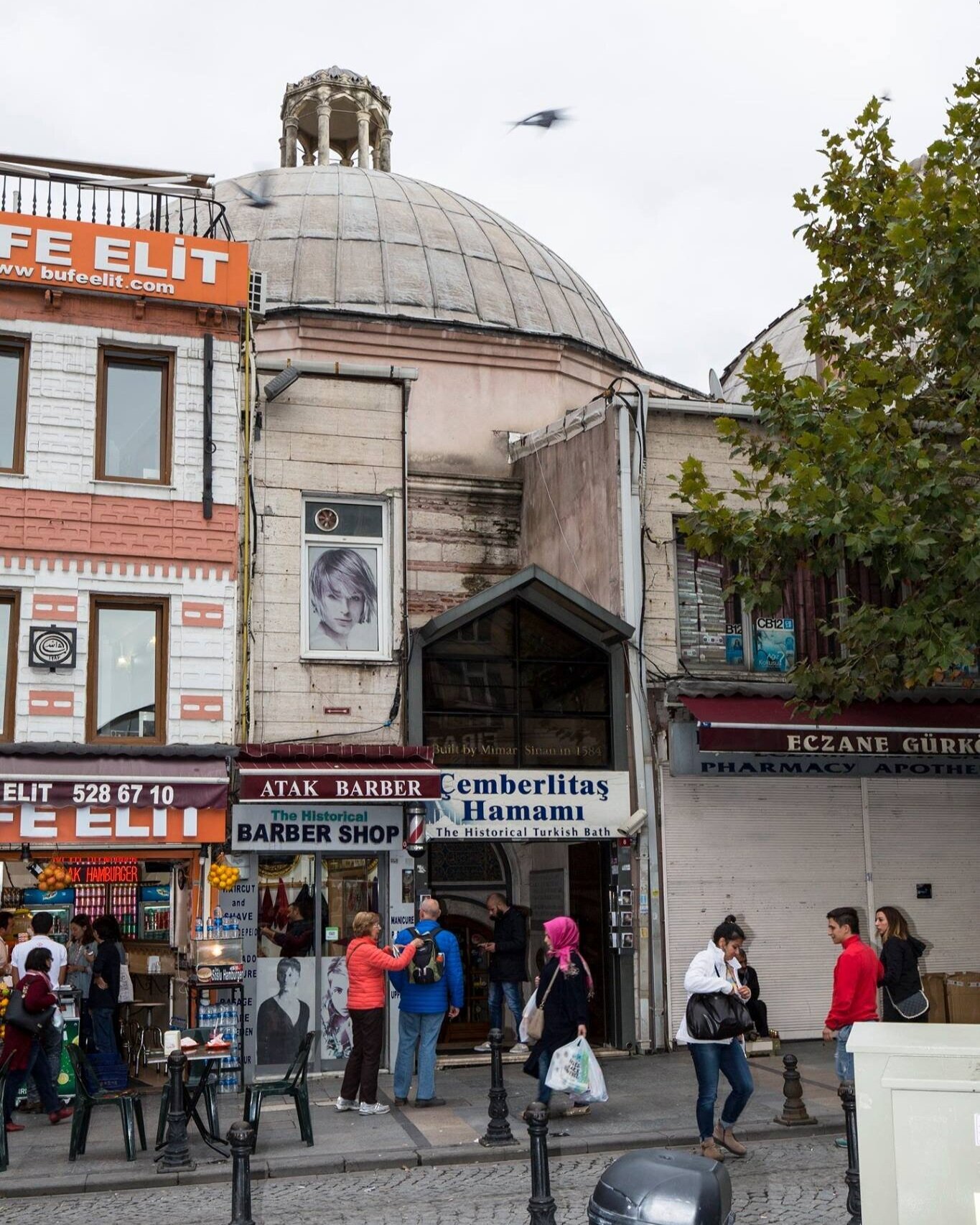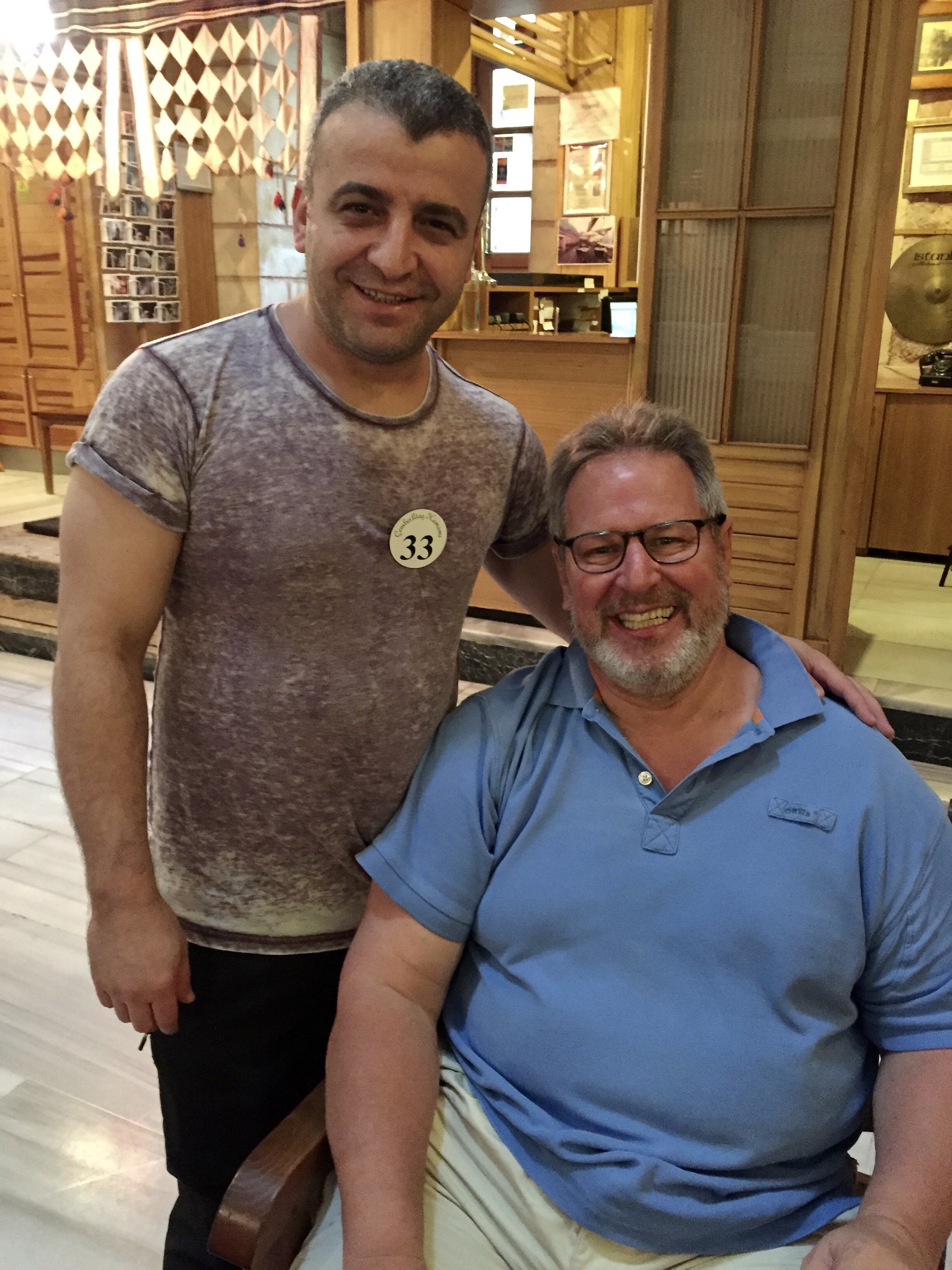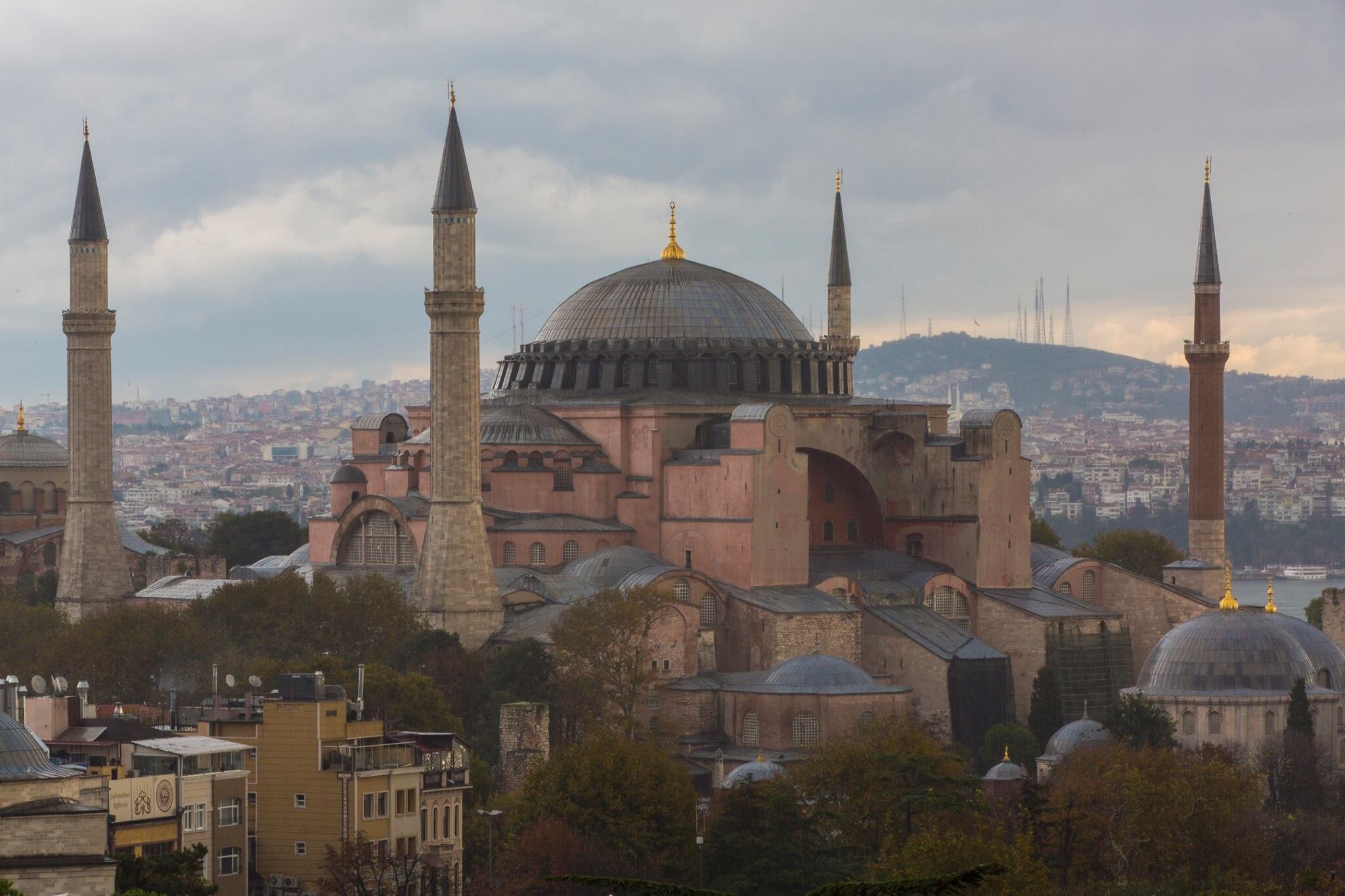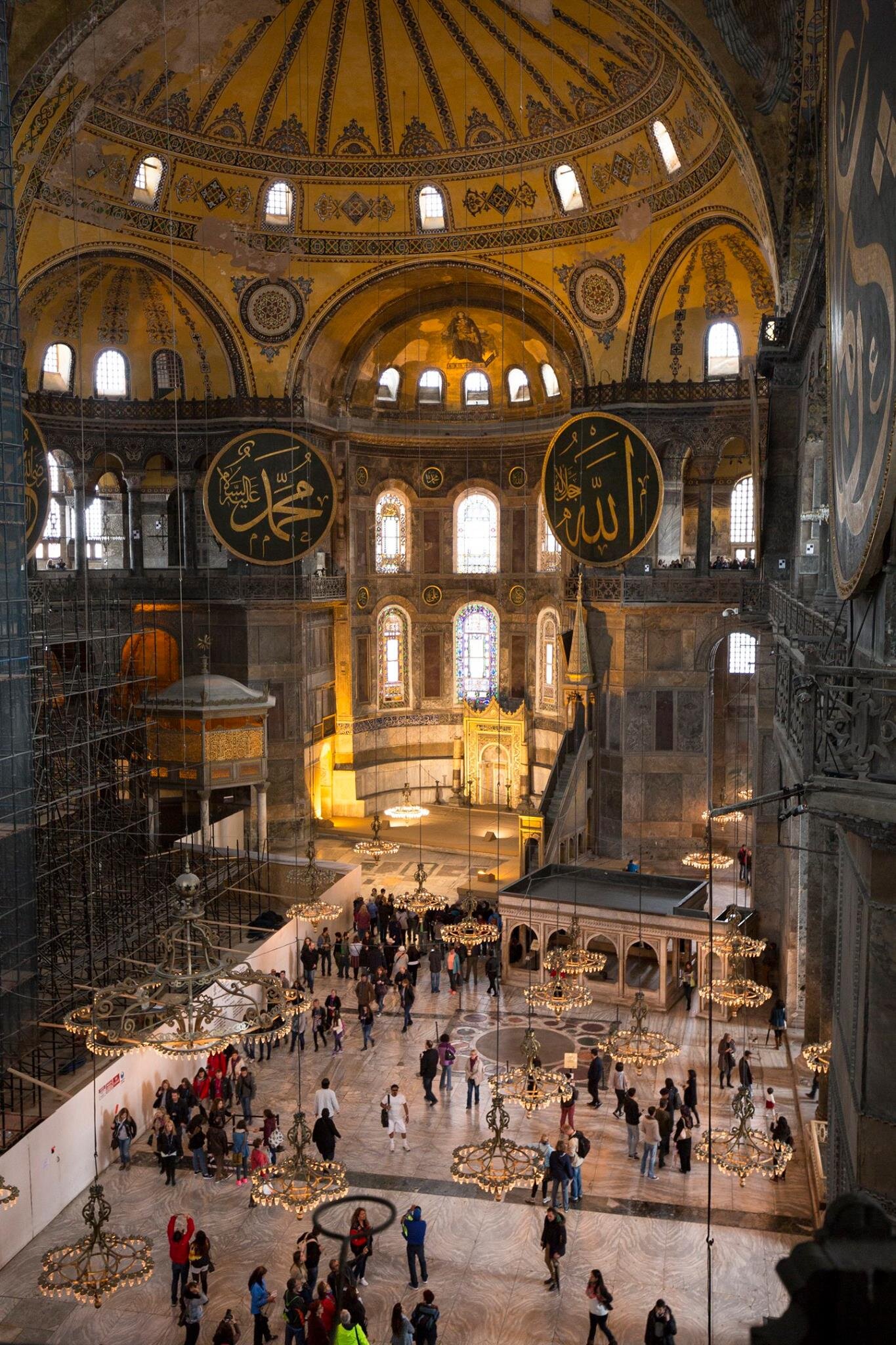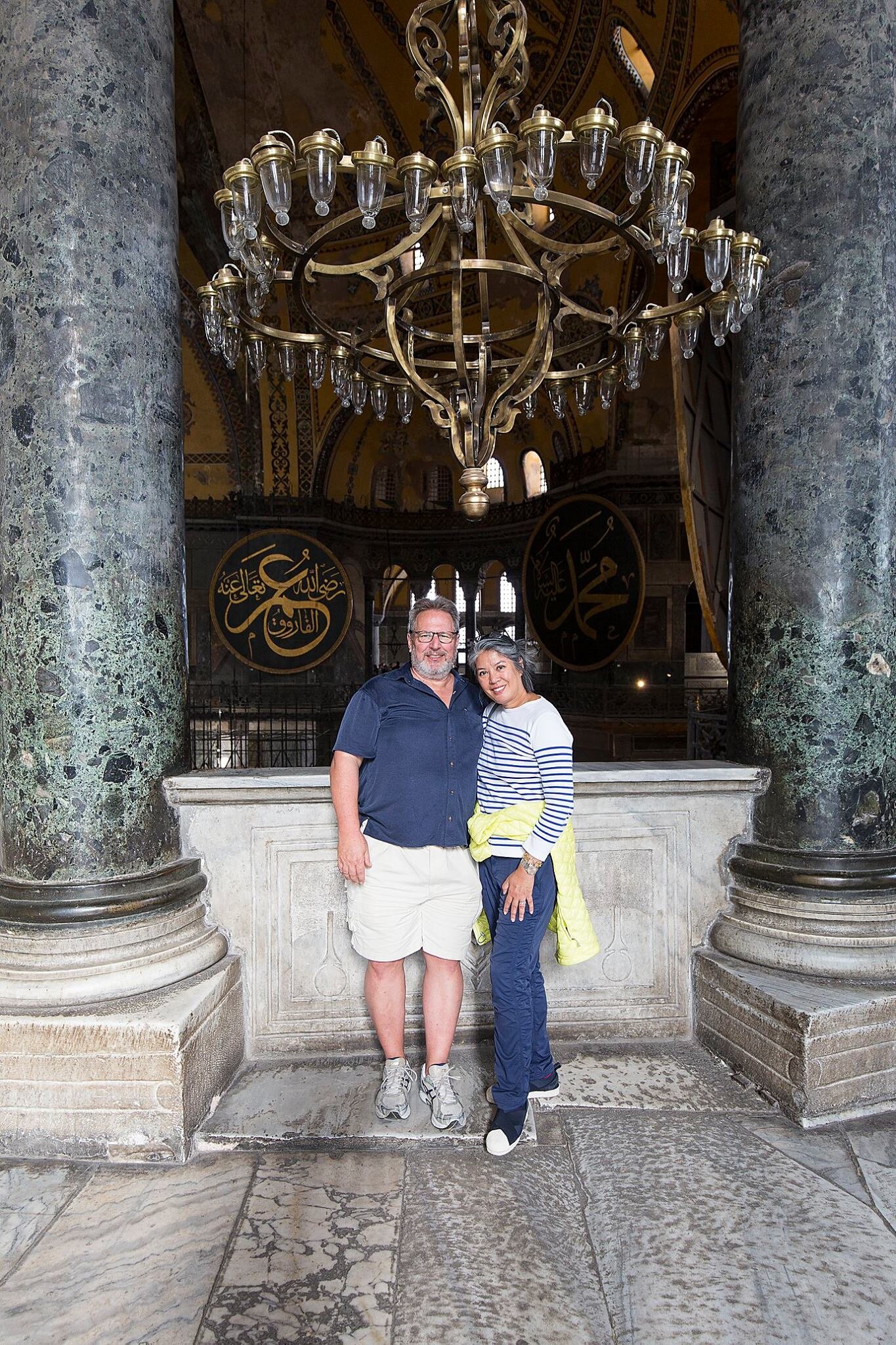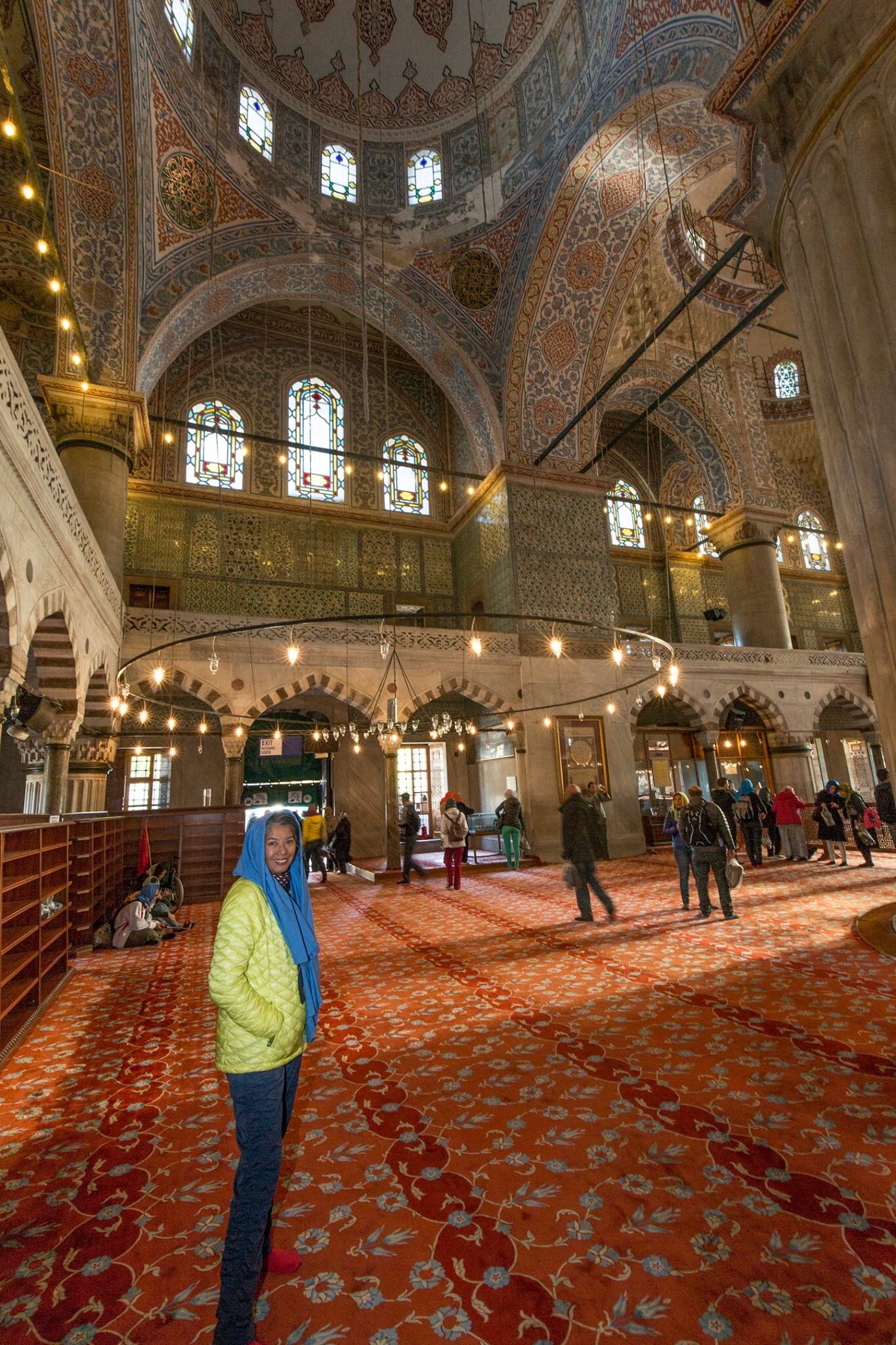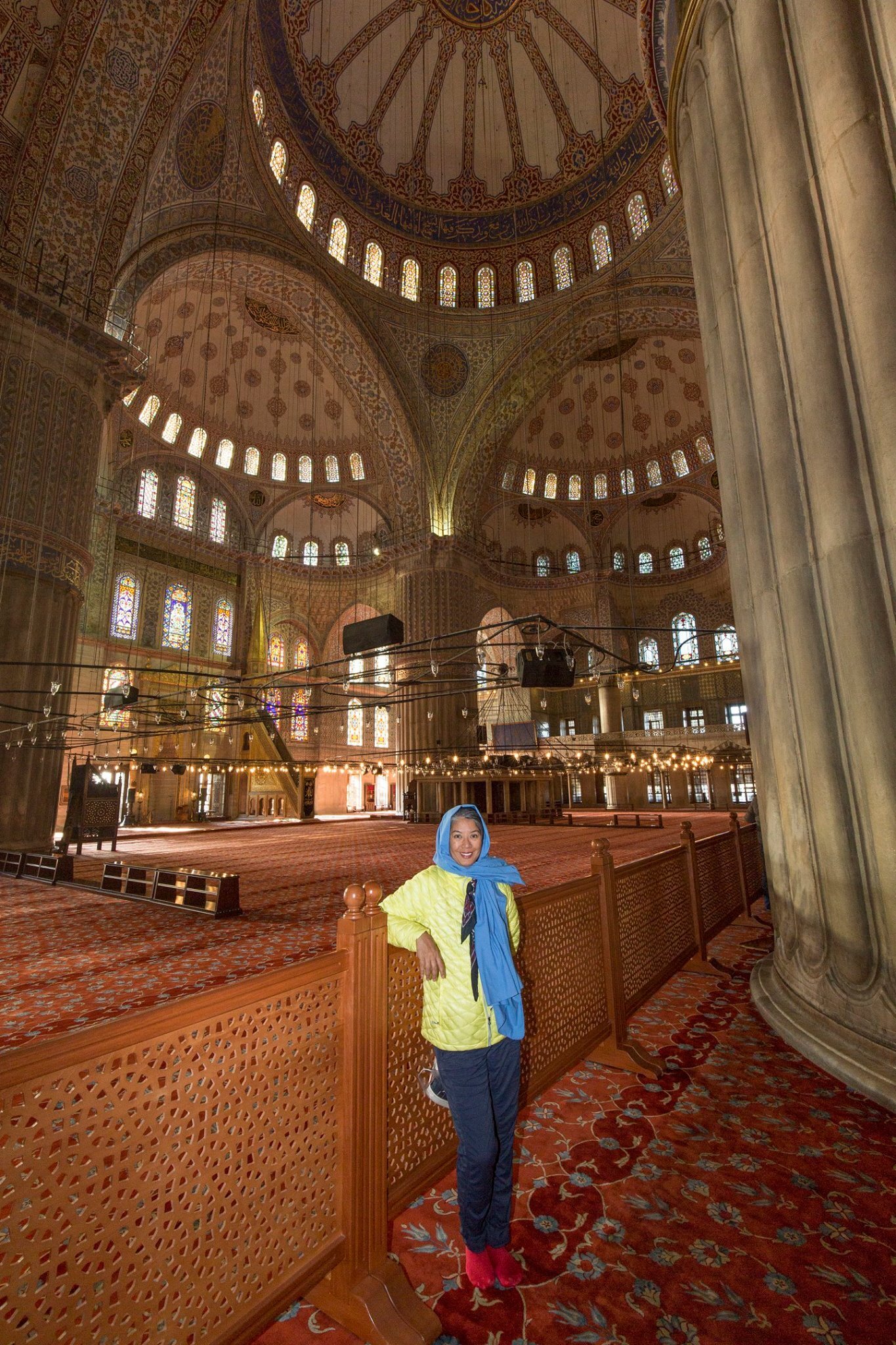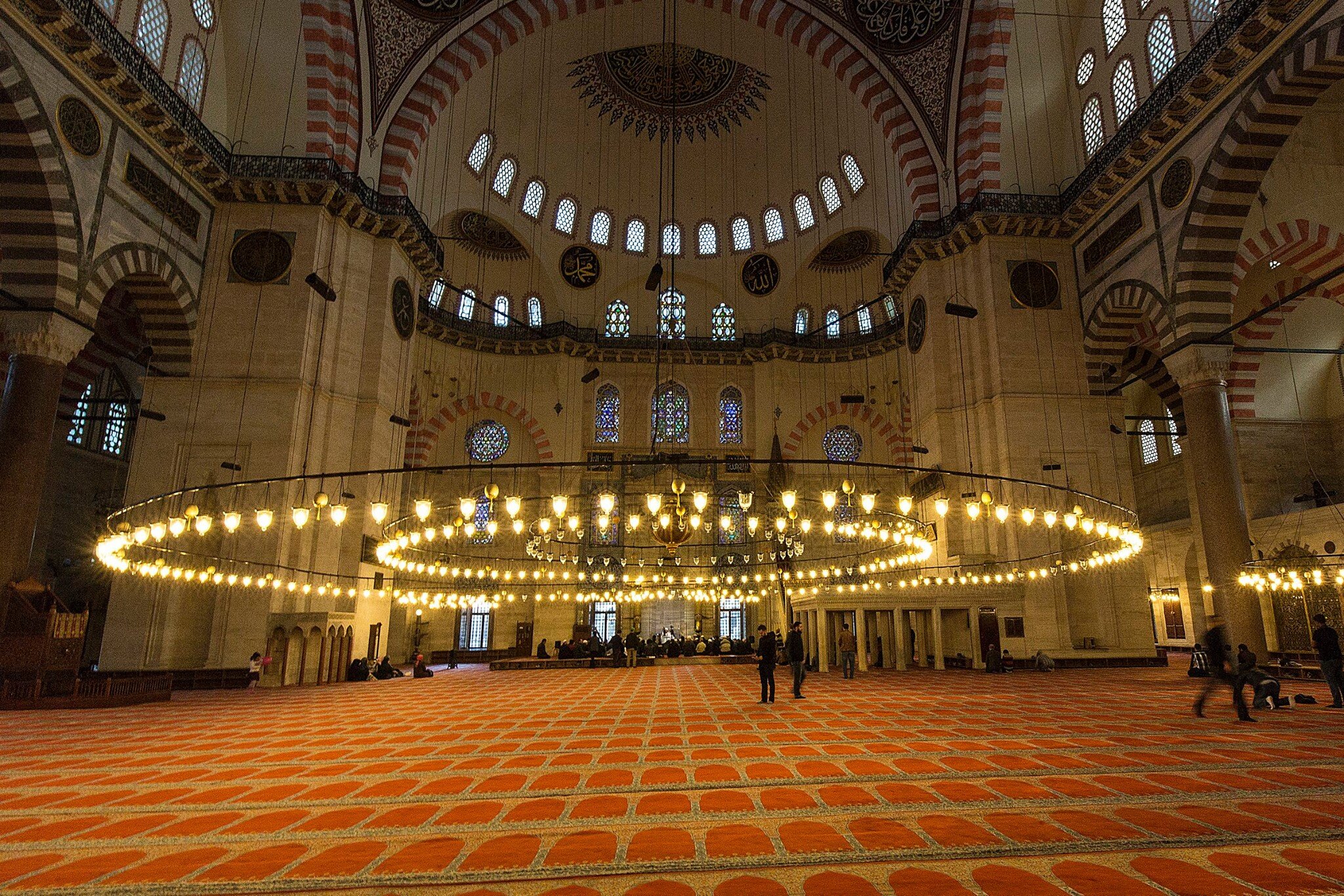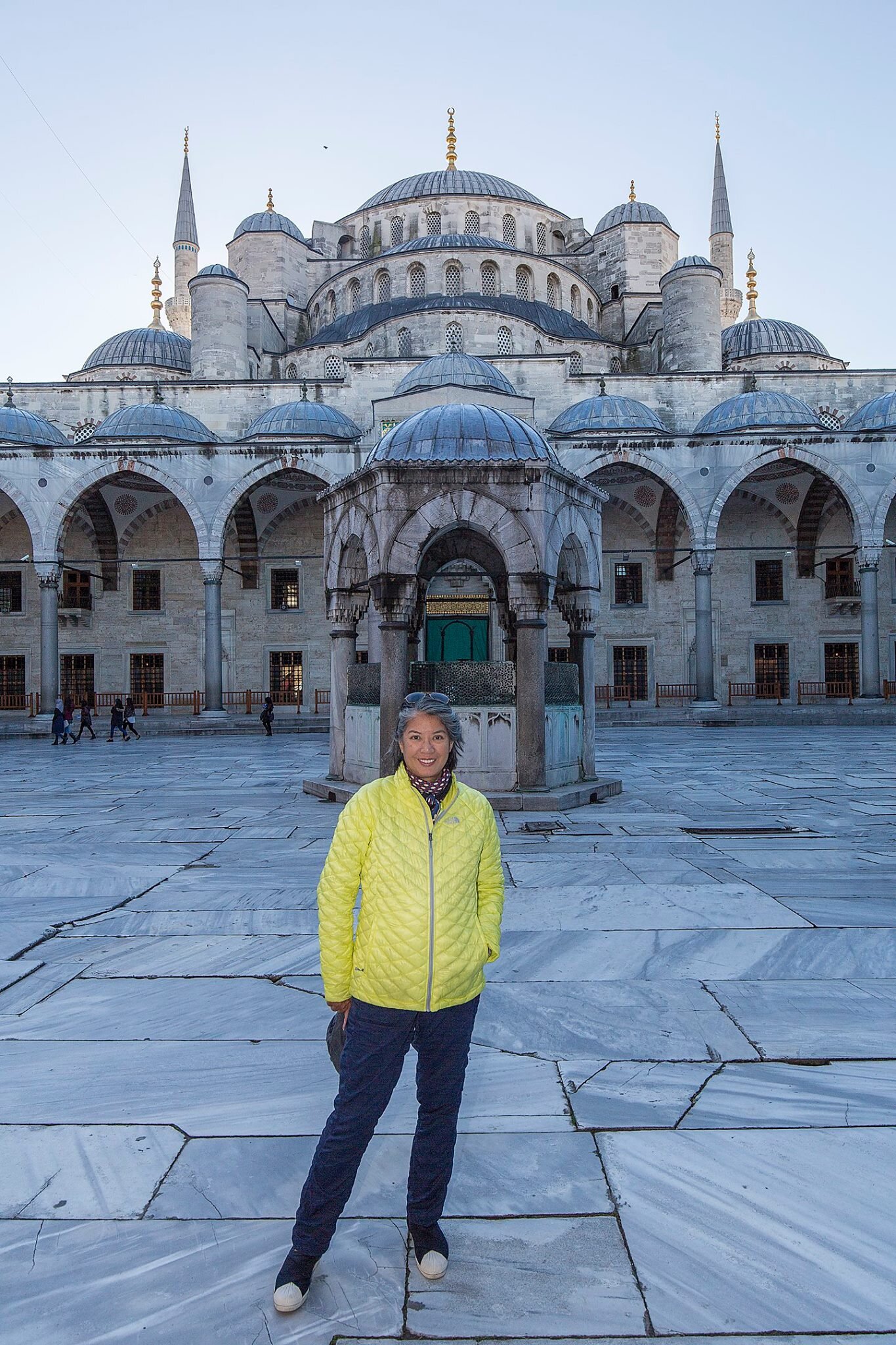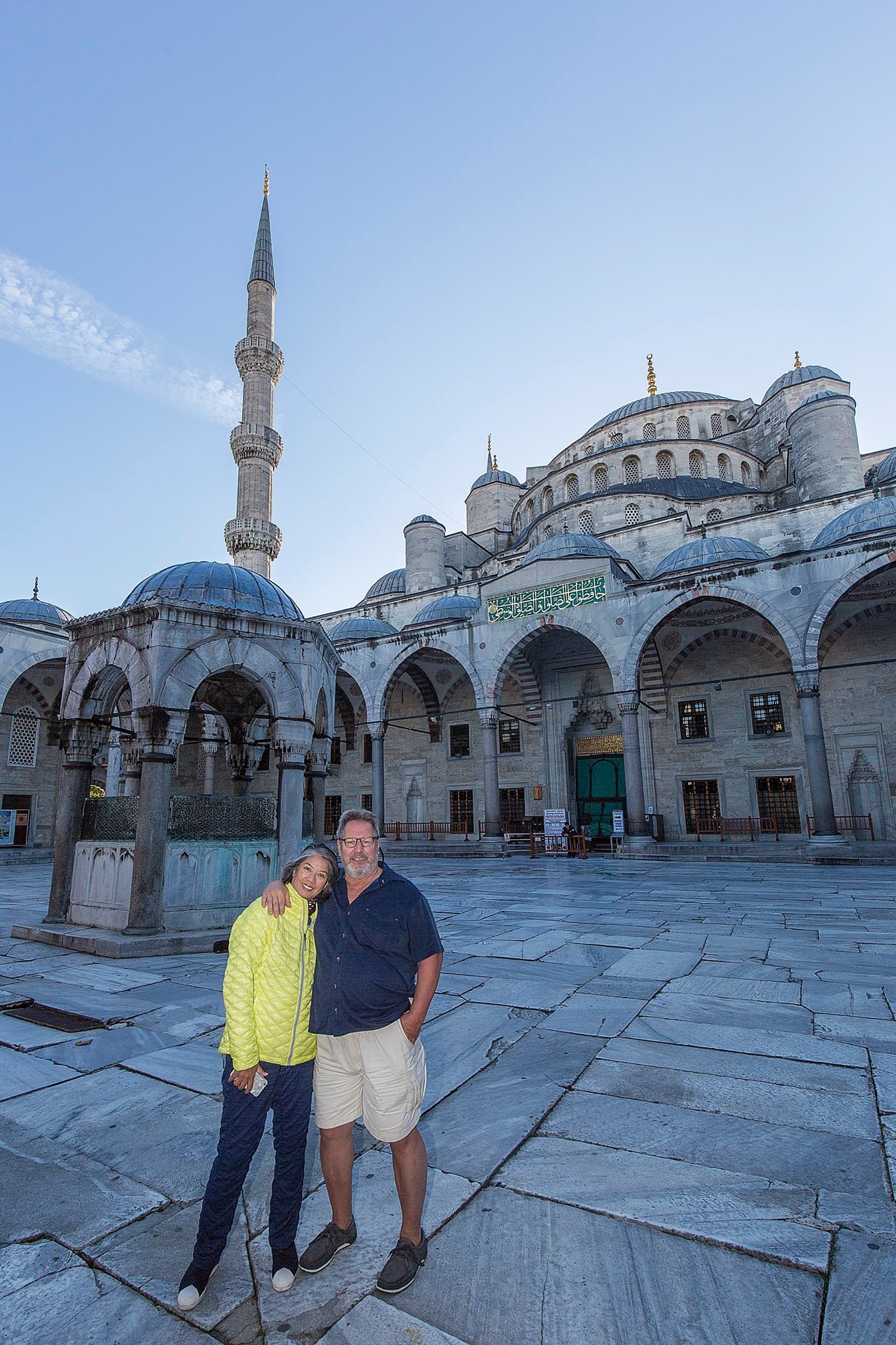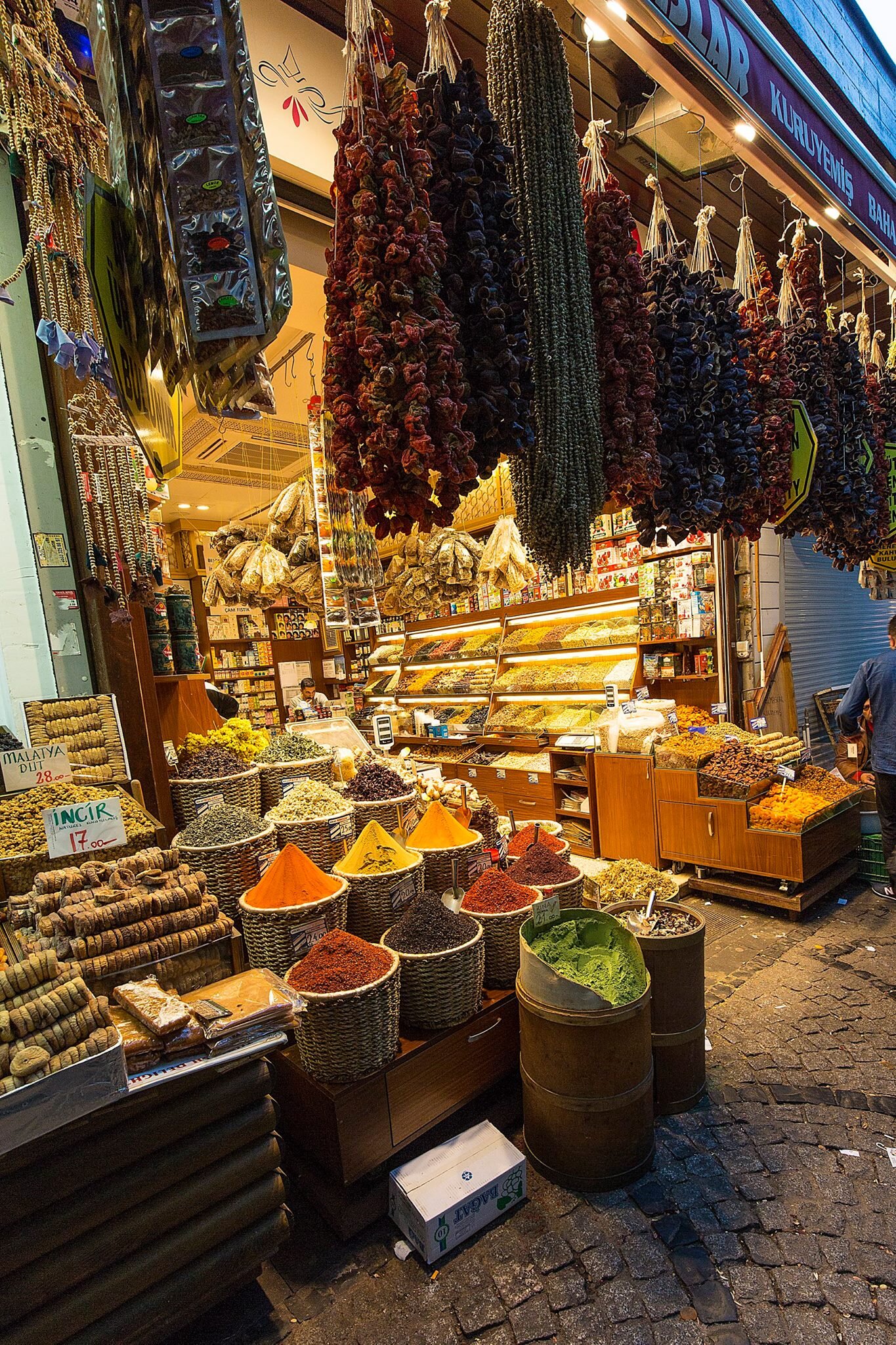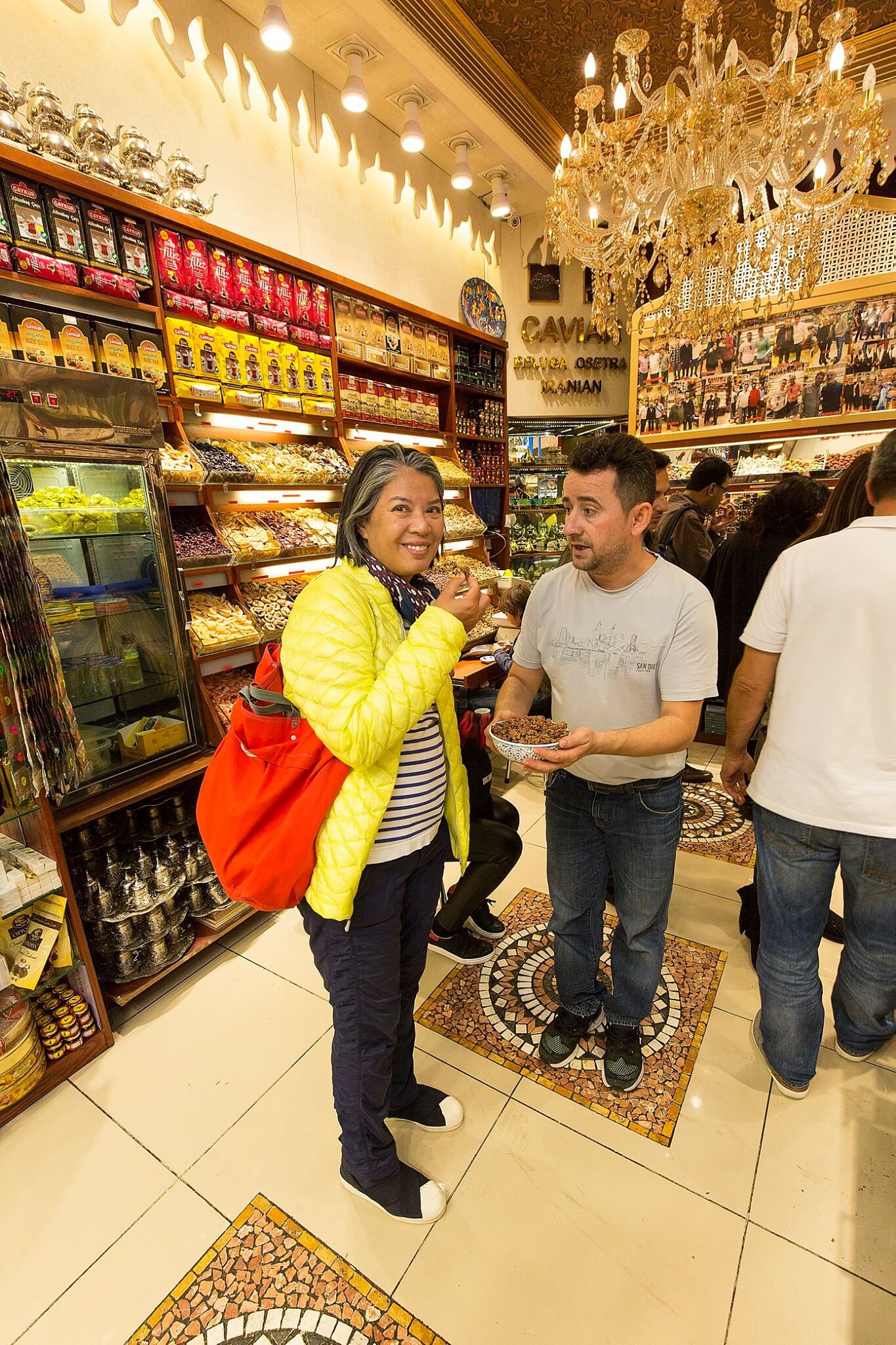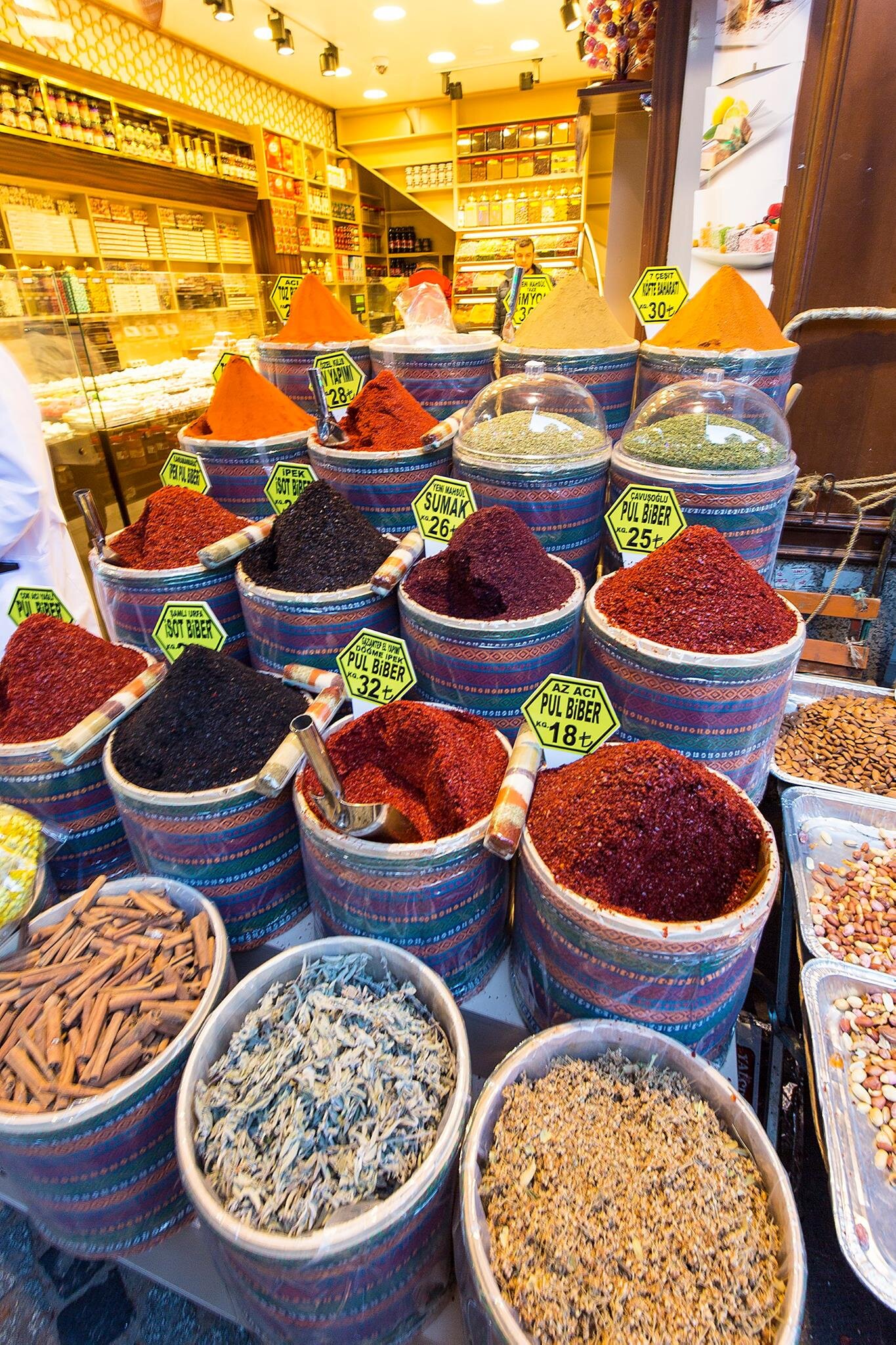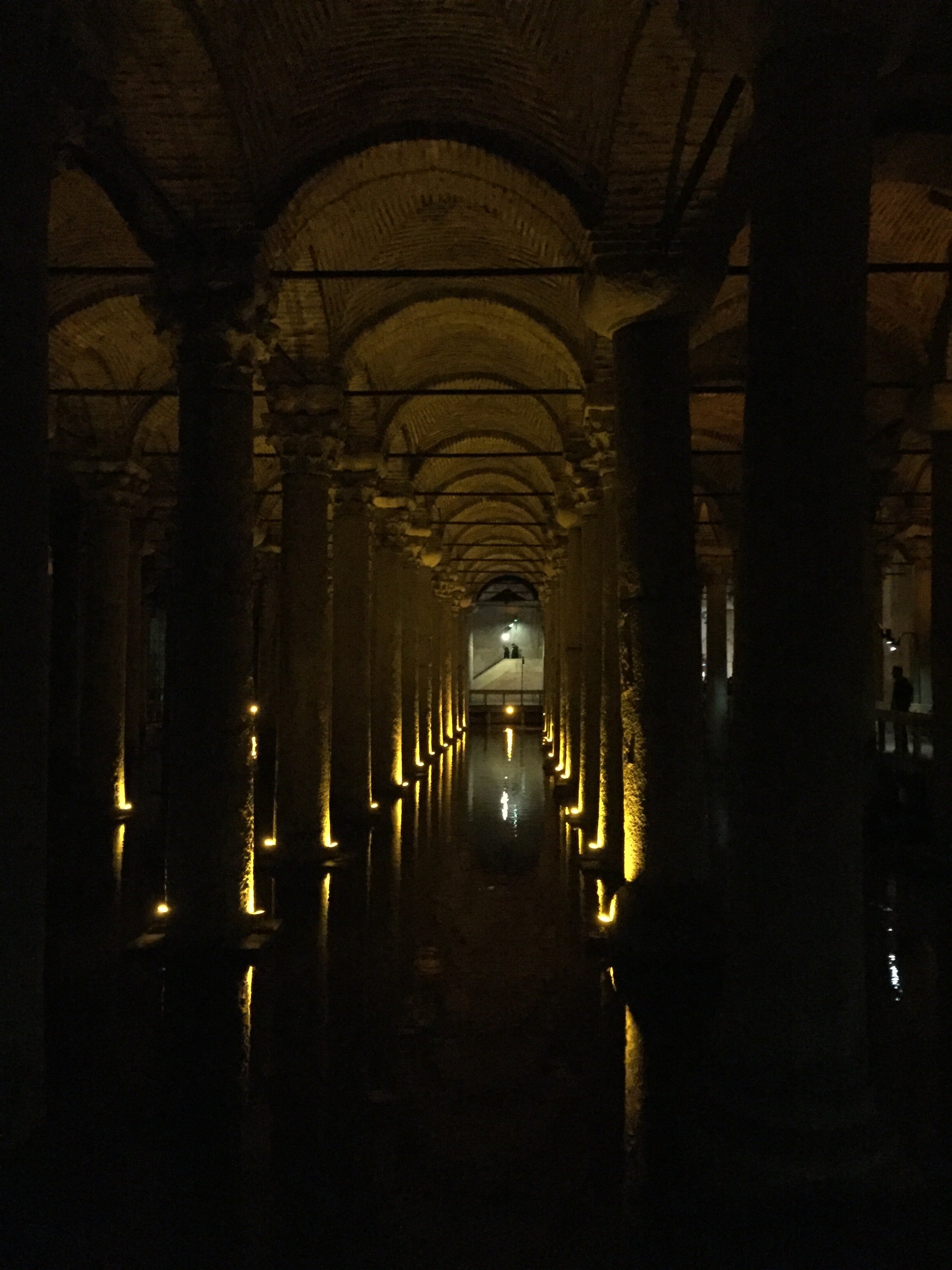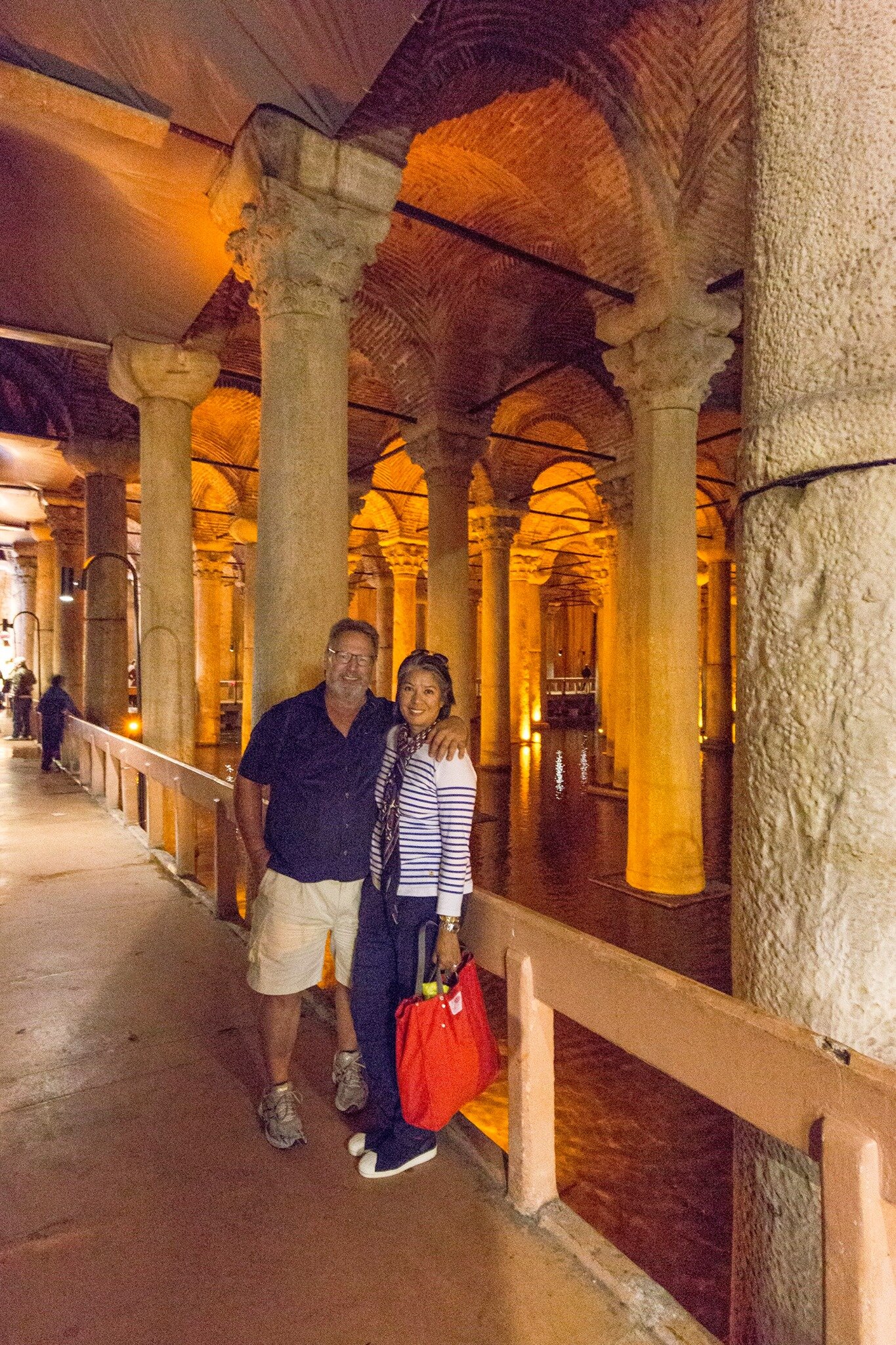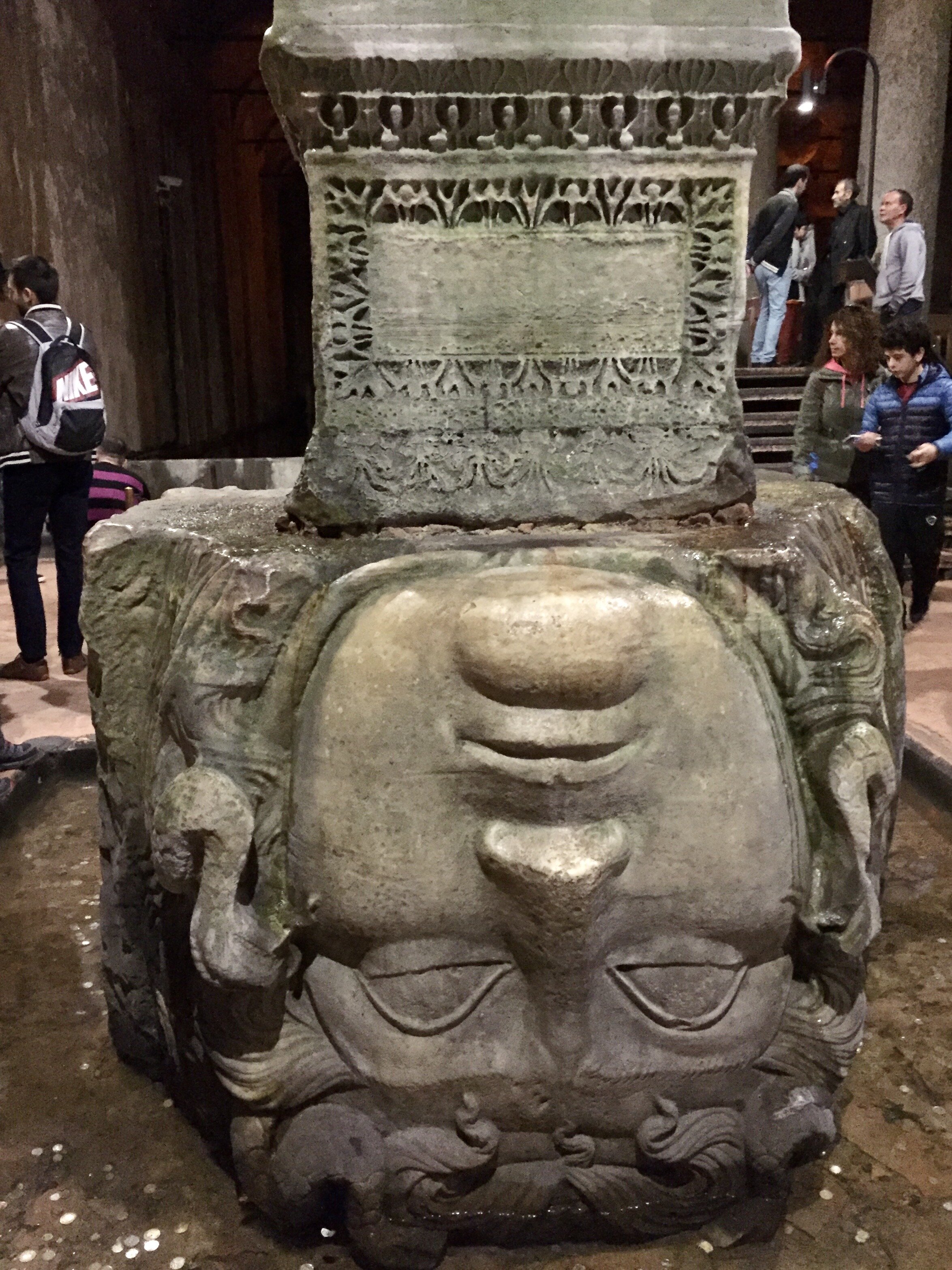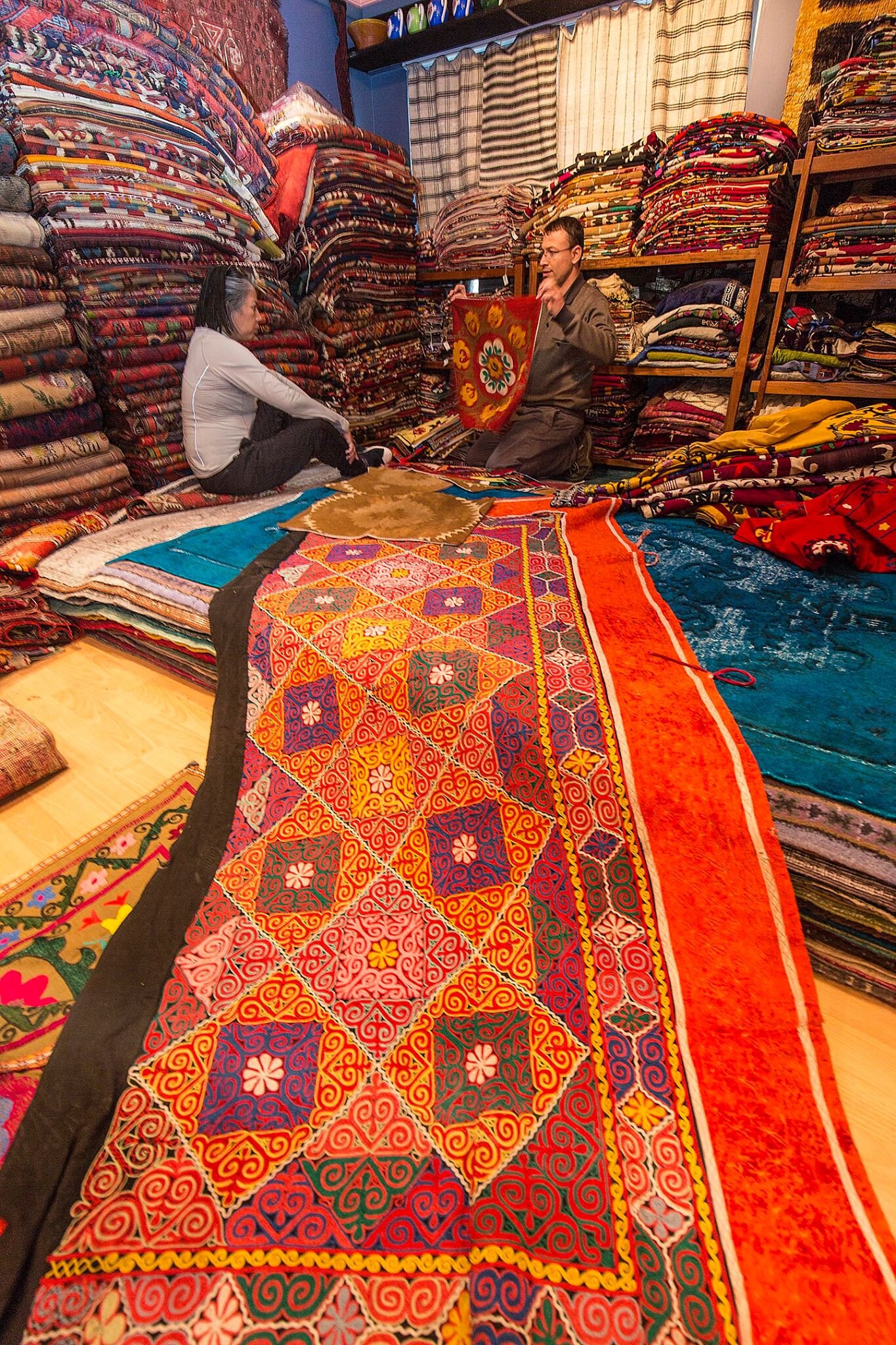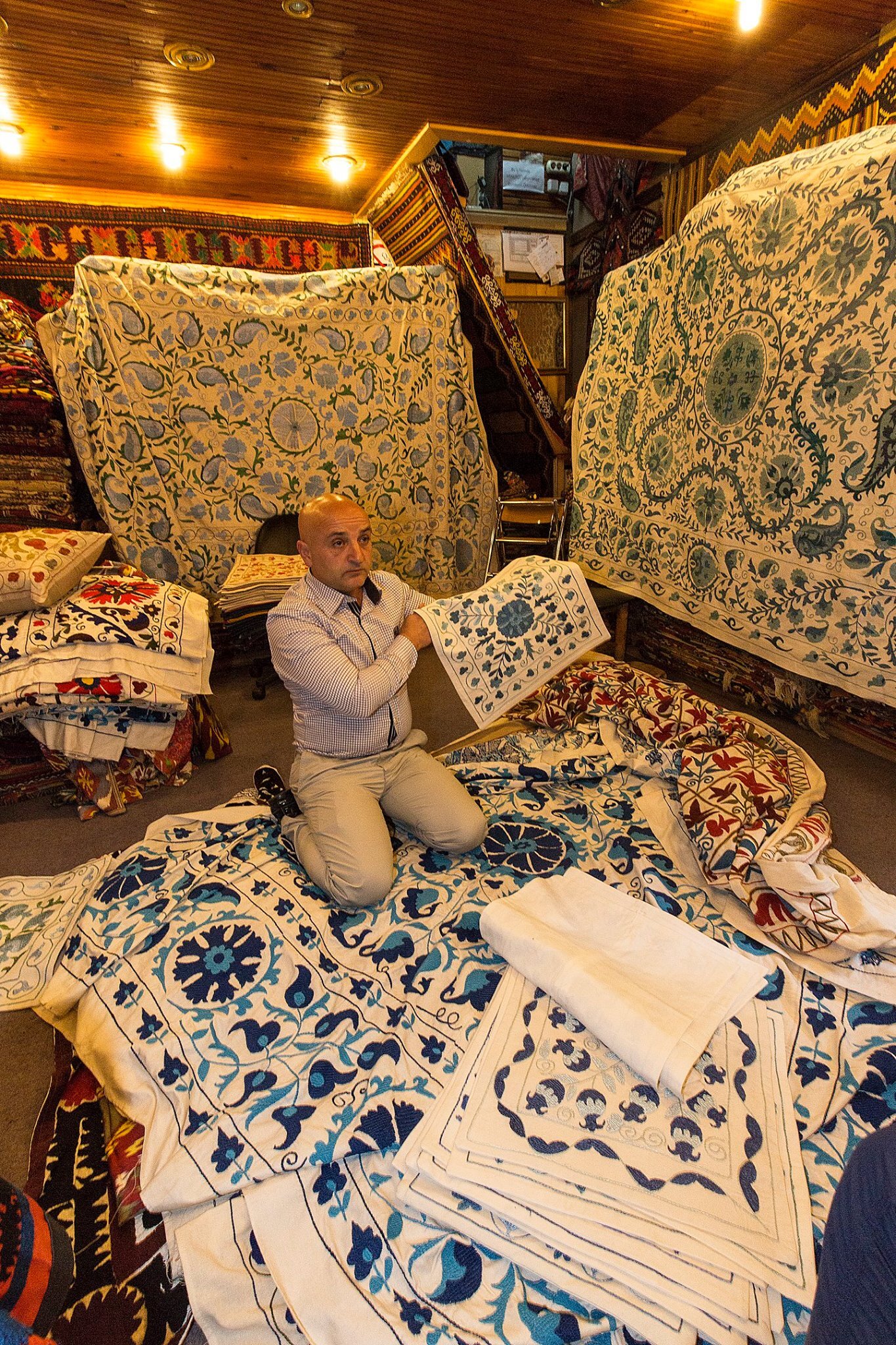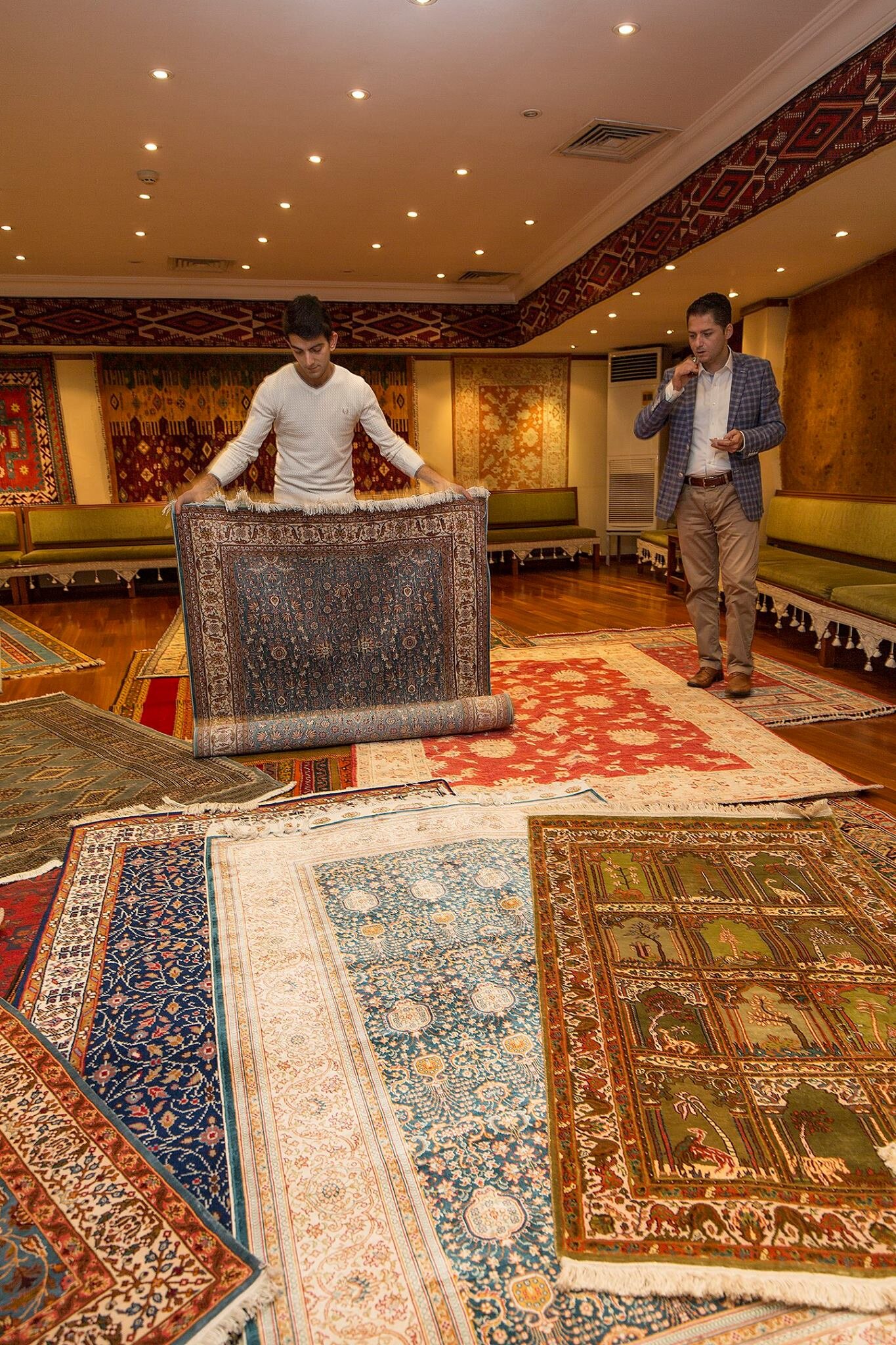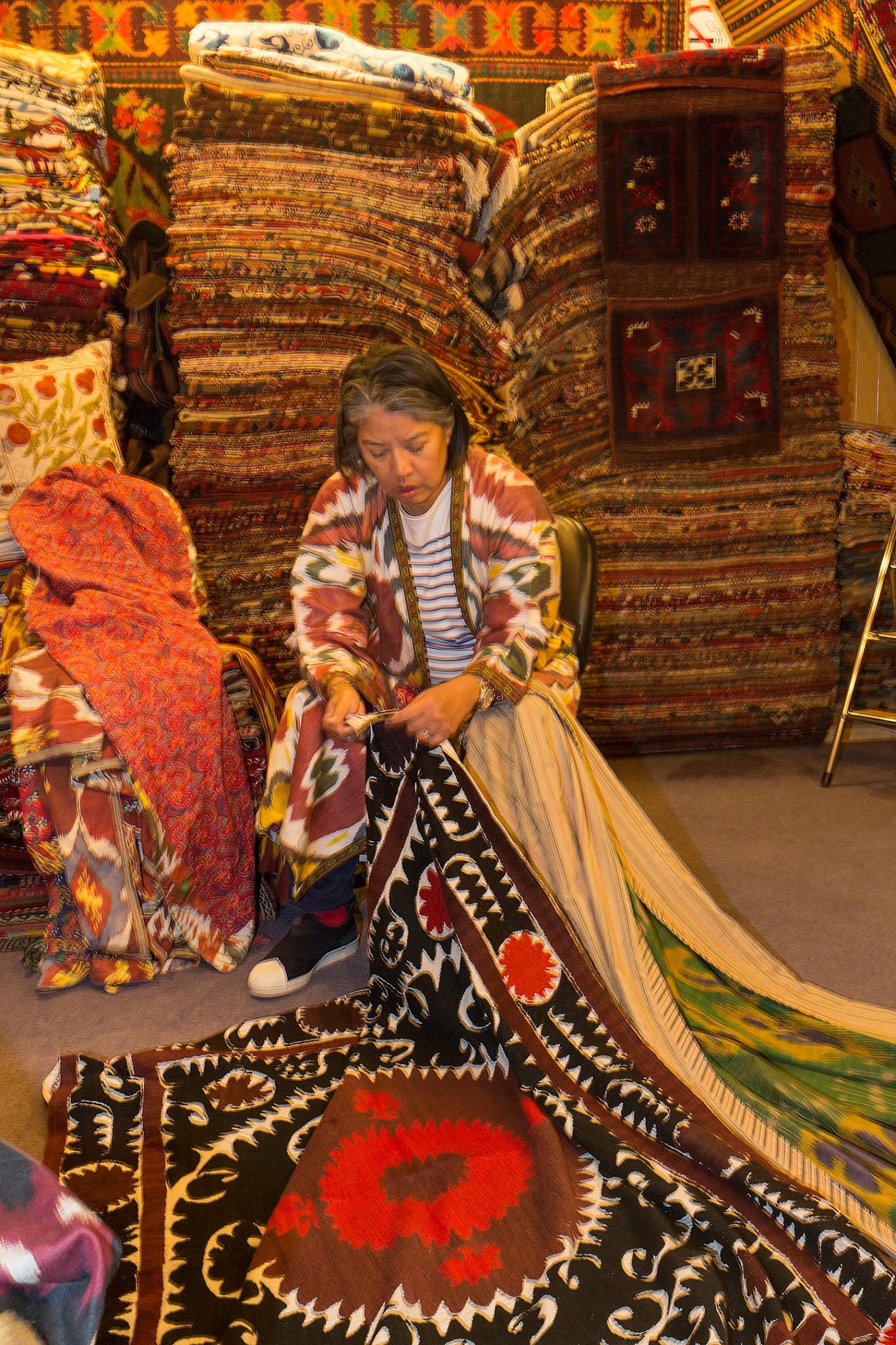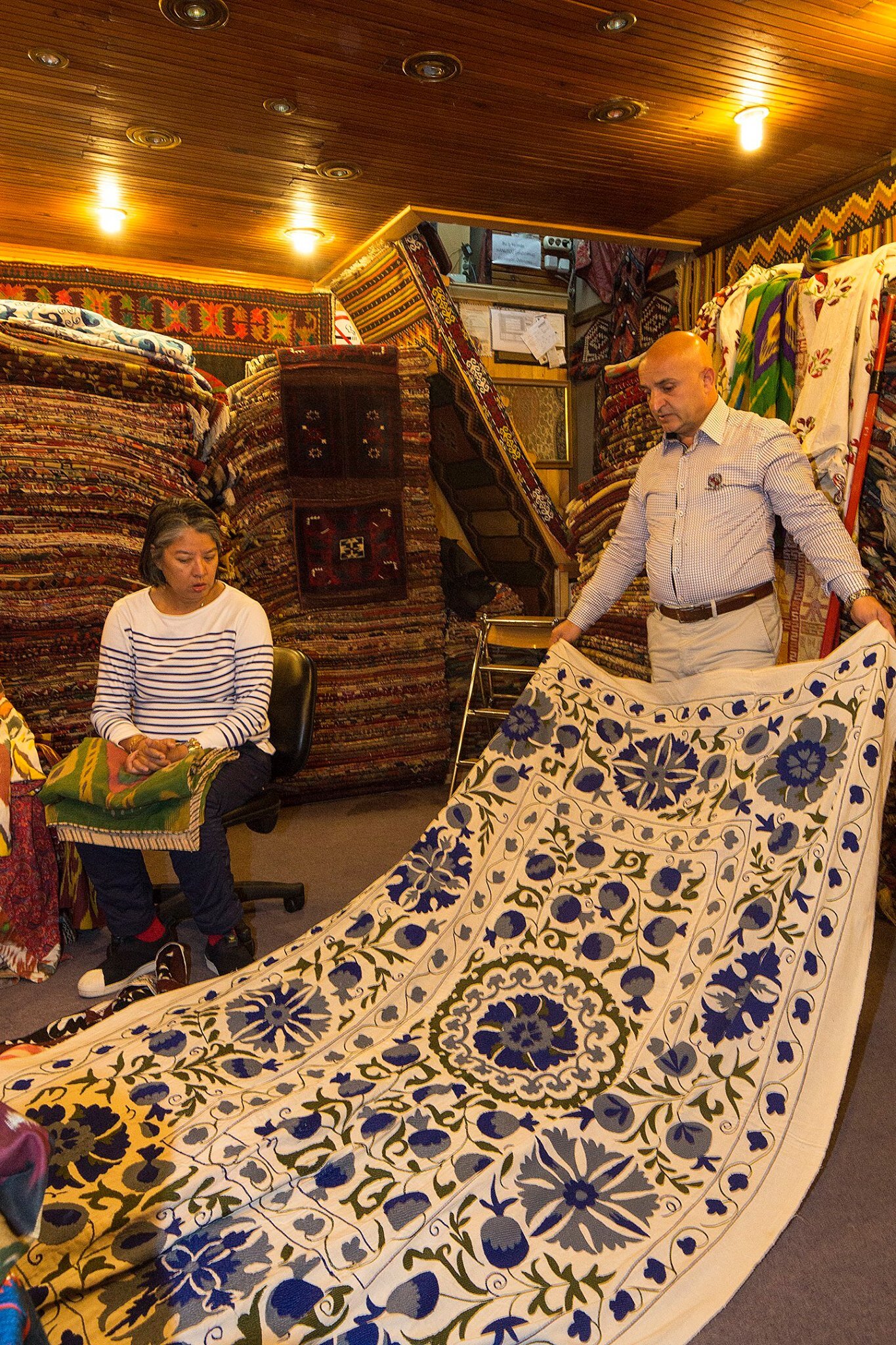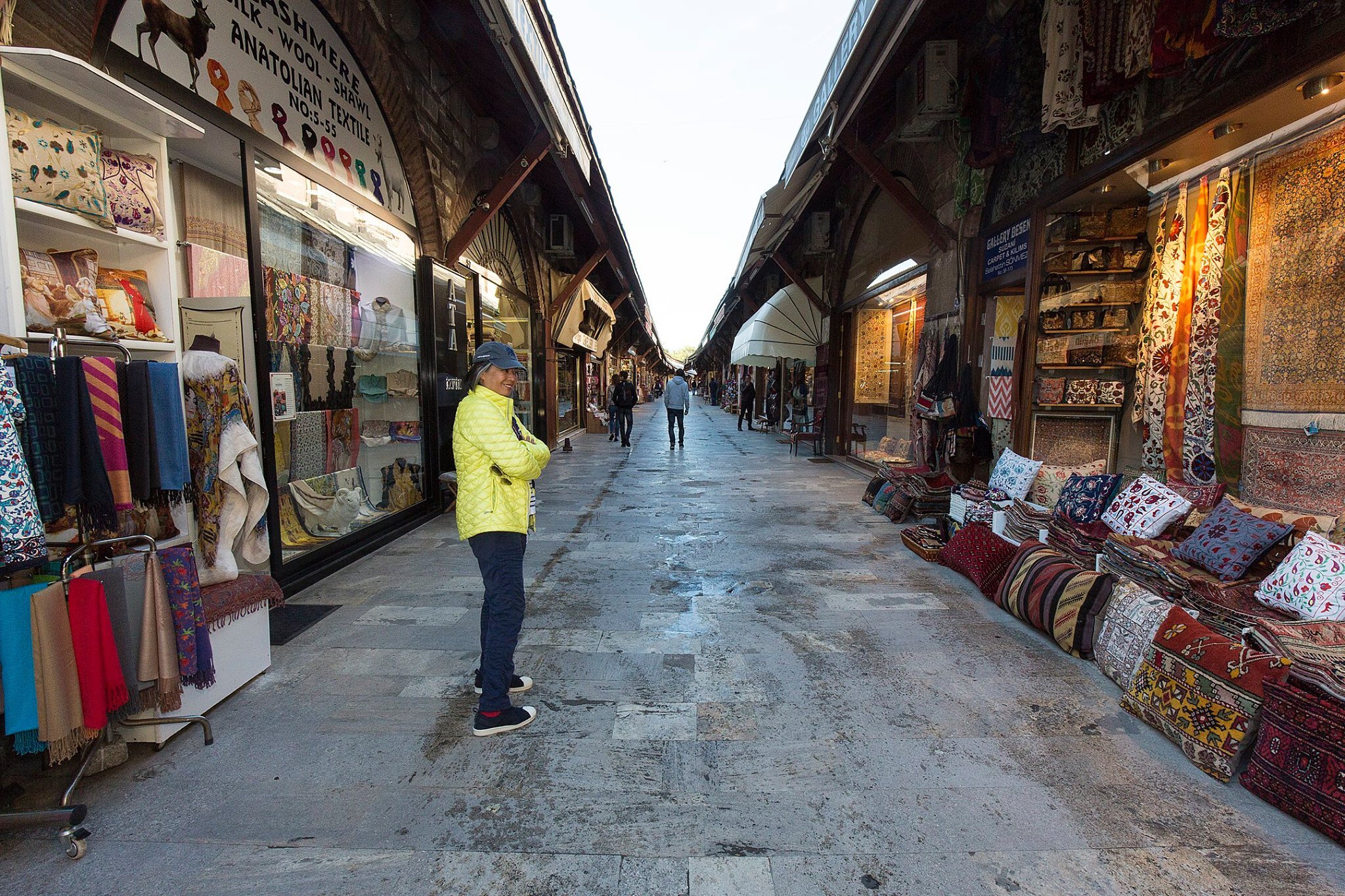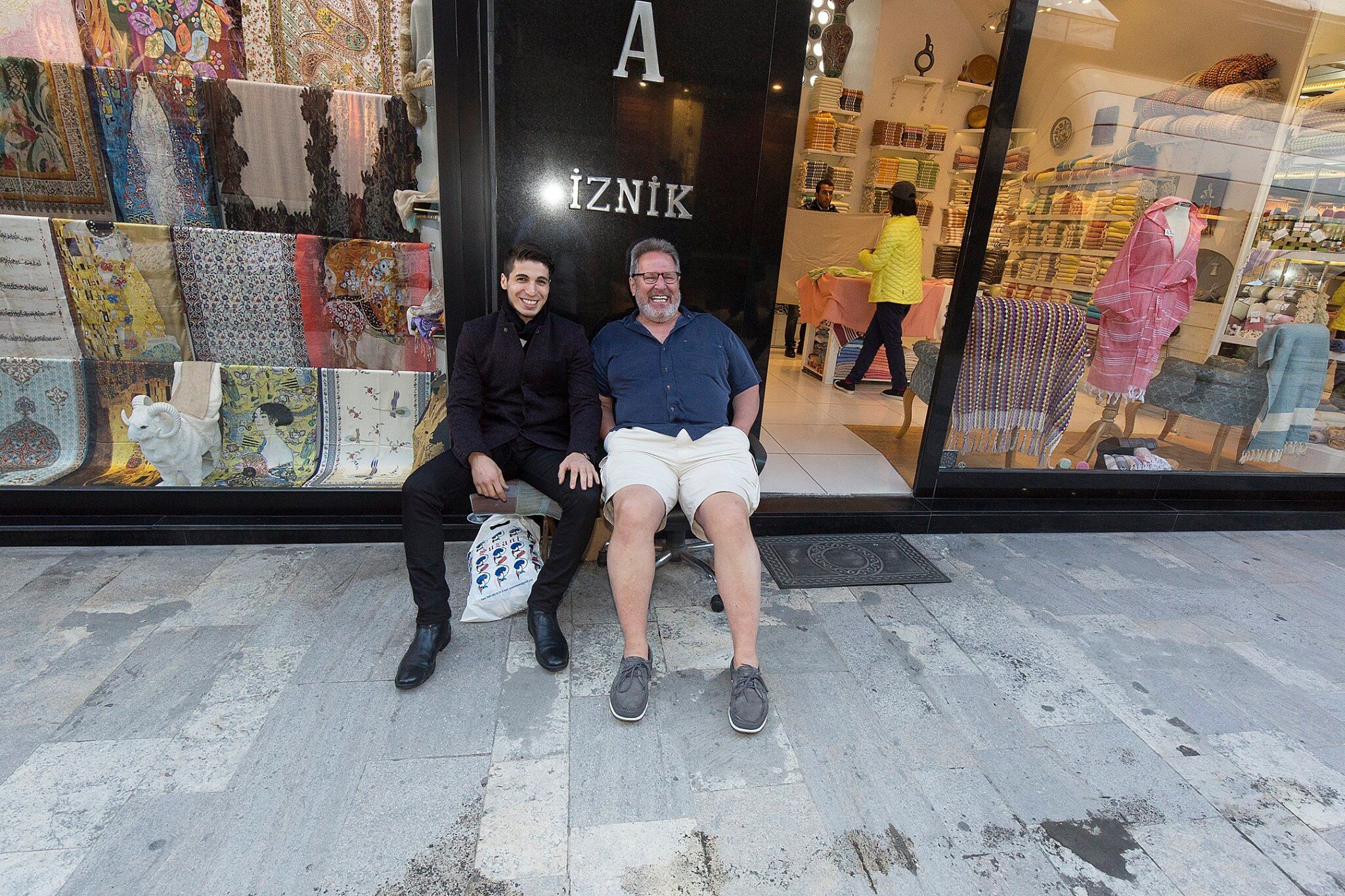We flew to Greece on Turkish Airlines to deliberately stopover in Istanbul before heading back to New York. After 2 weeks of traveling through Greece on a sailboat, exploring Istanbul on foot was a welcome change. Like dervishes, we whirled through the city's history, culture, and cuisine all in two and a half days. Here are some of my recommended experiences.
Turkish Hamam
Soaked in history and tradition; a Turkish Hamam is the first place to start your cultural immersion.
We arrived at the hotel in the Sultanahmet area too early in the morning and our room wasn't ready. Tired and grungy, the best thing to do was to refresh at the closest Turkish bath. We chose Cemberlitas Hamami (built in 1584) because it is a twin Hamam that could accommodate both sexes in separate quarters. Behind the seemingly modest facade lies a truly authentic Hamam where locals go. It was both our first authentic Turkish bath experience. For the next few hours, we were lathered, scrubbed and massaged with soap on the marble platform under the domed skylight. It was a "religious" experience according to my glowing and refreshed husband.
Hagia Sophia
The Hagia Sophia (537 AD) through the centuries was at one time a Christian, Greek Orthodox, Roman Catholic Church, and an Imperial Mosque. Since 1935 it has served as a secular museum and became the most visited tourist attraction in Turkey. On July 2020, the Turkish government announced the building’s reversion back into a mosque.
Suleymaniye Mosque
Suleymaniye Mosque, a 16th-century Ottoman imperial mosque built by Suleyman the Magnificent, is the second-largest mosque in the city. What piqued my interest were the men who washed their feet and hands thoroughly before entering the Mosque. Modest clothing is required and women have to wear a head covering.
Blue Mosque
We visited the Blue Mosque (Sultan Ahmed Mosque) first thing in the morning on our last day. We had been looking at it from our hotel room day and night. It did not disappoint.
Sultan Ahmed Mosque, also known as the Blue Mosque, was constructed between 1609 and 1616 during the rule of Ahmed I. A functioning mosque, it also attracts large numbers of tourist visitors. Hand-painted blue tiles adorn the mosque’s interior walls, and at night the mosque is bathed in blue as lights frame the mosque’s five main domes, six minarets and eight secondary domes.
Spice Bazaar
Look, Touch and yes, Haggle
After the austerity of Greece, Istanbul was an assault on the senses. The rich colors and patterns in fabrics and architecture was such a welcome sight. I had been feeling deprived.
I barely scratched the surface. It is impossible not to leave the Spice Market without buying something.
The Basilica Cistern
The Basilica Cistern is the largest of several hundred ancient cisterns that lie beneath Istanbul. It was built in the 6th century during the reign of Byzantine emperor Justinian. It is dark, somewhat dank, beautifully lit and massive. Two heads of the mythical creature Medusa are carved into large stone blocks at the bases of two of the columns inside the cistern.
Baklava
You haven’t really had Baklava until you’ve tasted it from Hafiz Moustafa. I honored this establishment daily. Revel in their 150 yr pastry magic.
Shopping in Istanbul
No explanations needed, the pictures speak volumes.
To make the most of your stopover, I’d recommend:
Put your guidebooks away and hire an official guide to take you around. They whisk you to the heads of all the queues and provide historical and local knowledge. They're worth it.
Get cleaned up like a Sultan in a Hamam.
Detox and drink as much pomegranate juice as possible. They're inexpensive and commonplace in that side of the world. Drink hot apple tea. It's like apple cider, but in tea form.
Eat Baklava from Hafiz Moustafa. It’ll rock your world.
Make sure any embroidered textile you buy uses color-fast thread. You will thank me for this. Rica Ederim (You’re Welcome).
All photos by Michael Girman & Tesa Totengco.



